
Here is some information about Spring’s most common problems: ALLERGIES.
Coping with an itchy pet can be an extremely frustrating experience for you, the pet owner, and can truly test the limits of the human-animal bond. Persistent scratching and chewing by the pet can also result in self-excoriation and open wounds. The following information is intended to provide the pet owner with a basic understanding of the most common underlying causes of itching and allergies in small animals.
The Most Common Causes of Chronic Itching
The common causes fall into two groups: external parasites and allergies. External parasites that most commonly cause chronic itching dermatitis include fleas and sarcoptic mange. We often recommend therapeutic trials for sarcoptic mange in chronically and severely itchy dogs. We always recommend stepped-up flea control and monitoring for fleas, as flea infestation can really make allergy worse!
What are Allergies?
Allergy is a state of hypersensitivity in which exposure to a harmless substance known as an allergen induces the body’s immune system to “overreact.” The incidence of allergies is increasing in both humans and their pets. People with allergies usually have “hay fever” (watery eyes, runny nose and sneezing) or asthma. While dogs can rarely also have respiratory allergies, more commonly they experience the effects of allergic hypersensitivities as skin problems. Though there are a variety of presentations, this can often be seen as redness and itching, recurring skin or ear infections, and hair loss. This is sometimes called eczema or atopic dermatitis.

What are the Major Types of Allergies in Dogs?
1. Flea Allergy
Flea allergic dermatitis is the most common skin disease in dogs and cats. For the flea allergic patient, 100% flea control is essential for the pet to remain symptom-free.
“But doctor, I never see fleas on my pet.” You may not see them, but that doesn’t mean they aren’t there. The allergy is caused by the flea’s saliva, and it only takes a few bites to induce the problem. Also, the itchy pet often scratches so much that adult fleas are removed, making them hard to find.
“If fleas are the problem, why is my pet still itchy in the winter?” In warm climates or in our homes, fleas may survive in low numbers year-round. Because flea allergy is so common, we recommend that complete flea control be instituted before proceeding with diagnostics for other allergies and that year-round flea control be maintained for all allergy patients.
2. Food Allergy
Some pets develop specific hypersensitivities to components of their diets. The allergen usually is a major protein or carbohydrate ingredient such as beef, chicken, pork, corn, wheat, or soy. Minor ingredients such as preservatives or dyes are also potential allergens. The diagnosis of food allergy requires that we test your pet by feeding special strict diets that contain only ingredients that he has never eaten before. This is often achieved by feeding a prescription diet for a period of 10 to 16 weeks. If the signs resolve, a challenge is performed by feeding the former diet and watching for a return of the itching. If this occurs, a diagnosis of food allergy is confirmed.
3. Atopic Dermatitis
Atopic dermatitis (AD) is an inherited predisposition to develop skin problems from exposure to variety of commonplace and otherwise harmless substances including the pollens of weeds, grasses and trees, as well as house dust mites and mold spores. Diagnosis of AD is made based on the results of intradermal skin testing or by in vitro blood testing. Evaluating the results of these tests helps us compile a list of allergens for a “vaccine” to decrease the pet’s sensitivity. Sometimes multiple skin and/or blood tests are necessary to accurately assess the patient’s allergies.
4. Secondary Infections
Allergies are often the underlying cause of recurring skin and/or ear infections. Bacterial and yeast infections, though secondary to the allergy, can cause an increase in your pet’s level of itching. Long-term treatment with antibiotics and anti-yeast medications is commonly required, along with medicated bathing programs.
Can Allergies be Cured?
Unfortunately, there is no cure for allergy and it is usually a life-long problem. We seek to control allergies and improve the quality of life for both you and your pet. We will formulate the best program of management that suits all involved with your pet’s care.
Can I have the Itching Treated without the Expense of Diagnostic Testing?
Symptomatic drug therapy can help to reduce itching. Steroids, such as prednisone tablets in particular, are often employed to stop the itch. However, without addressing the underlying cause, the itching will return. Long-term use of steroids can result in many health problems. This is the reason that we encourage diagnosis of the underlying cause of the allergy and more specific or less potentially harmful treatments.
By Carol S. Foil, DVM, MS, Diplomate A.C.V.D.
Courtesy of veterinarypartner.com
NEW DRUG! In my next blog, I will talk about a new drug that was developed for allergic dogs that has had some promising results! Until next time…
Karen Pearson, DVM
 expensive disease to control. Not only that, unregulated diabetes can have several health consequences which can include death.
expensive disease to control. Not only that, unregulated diabetes can have several health consequences which can include death.



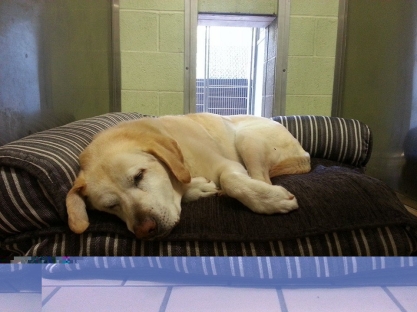 Bedding and Blankets
Bedding and Blankets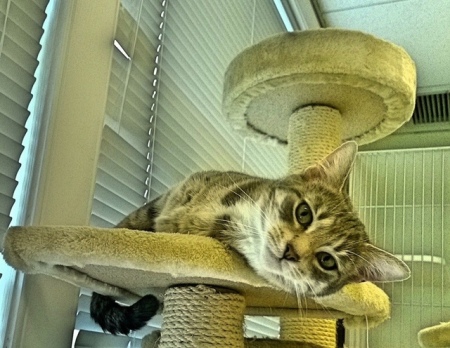
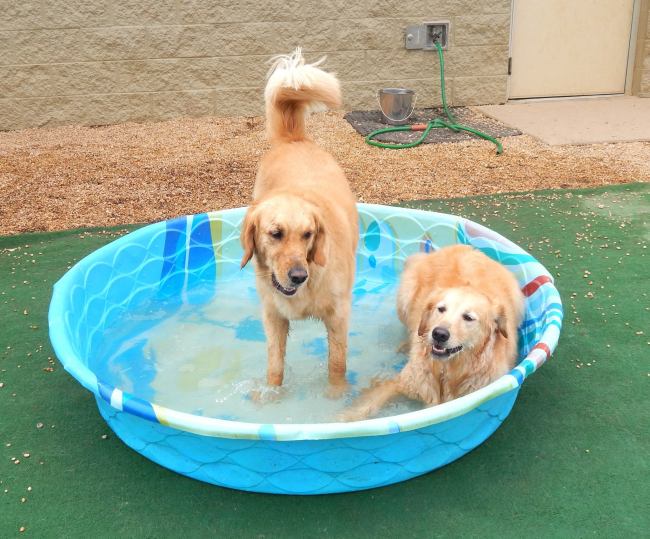




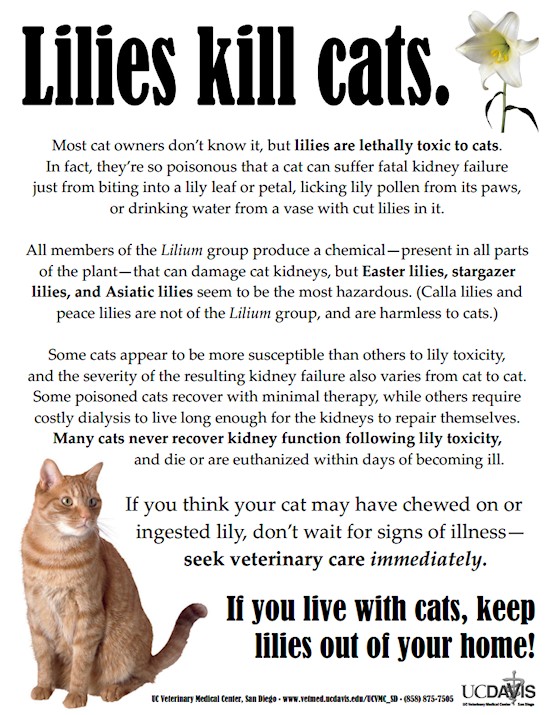
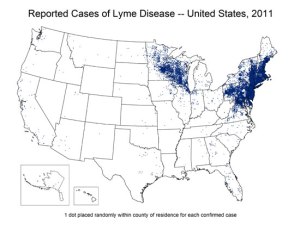



![IMG_3062[1]](https://greenbriarpetresort.files.wordpress.com/2014/03/img_30621-e1396285496864.jpg?w=252&h=188)